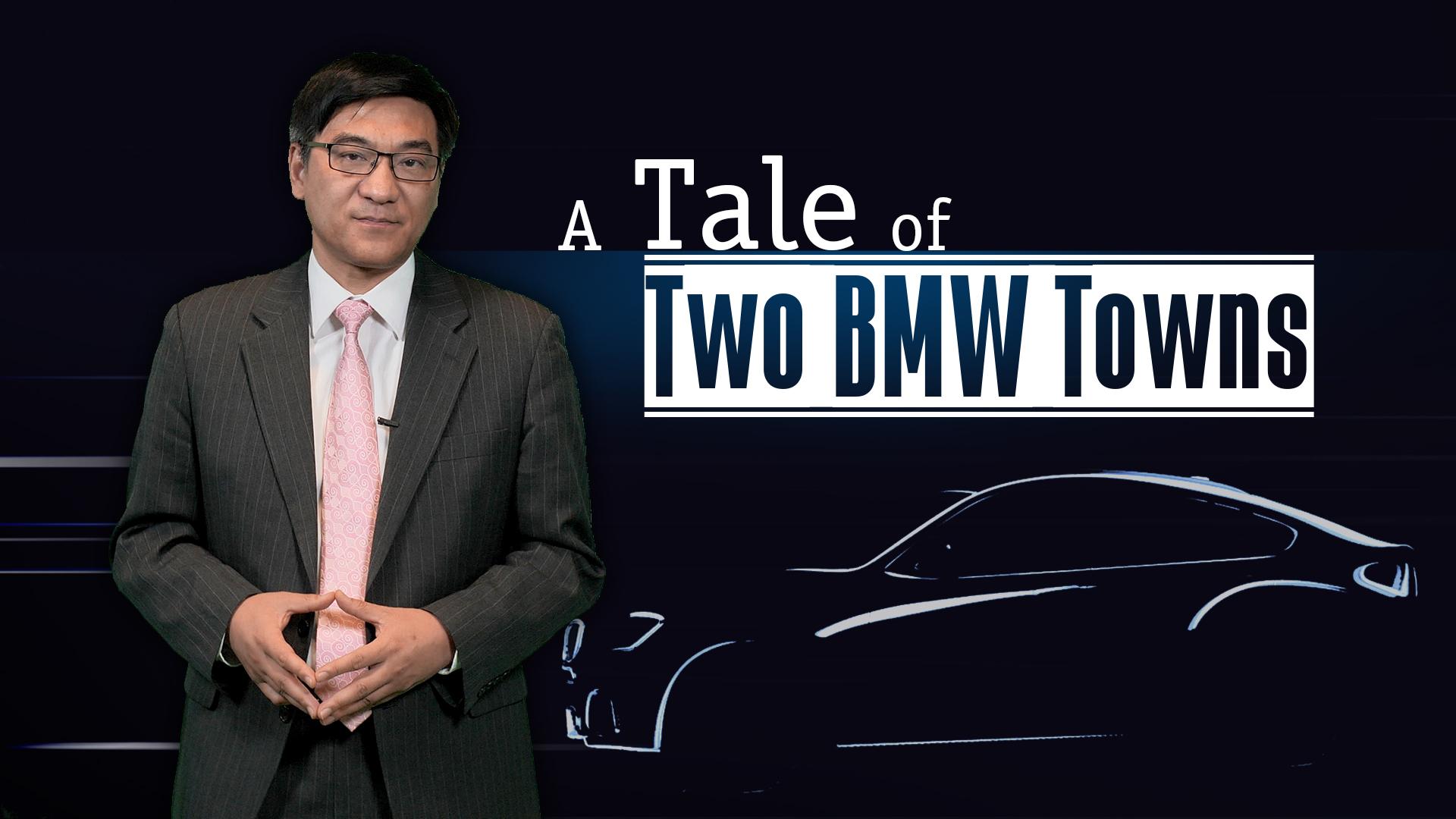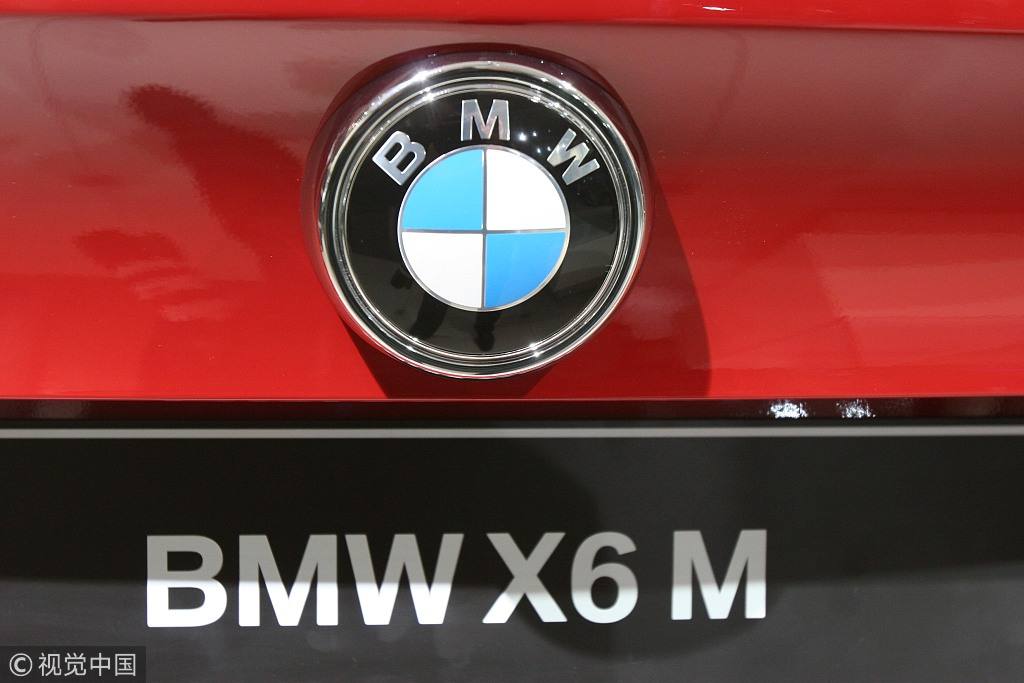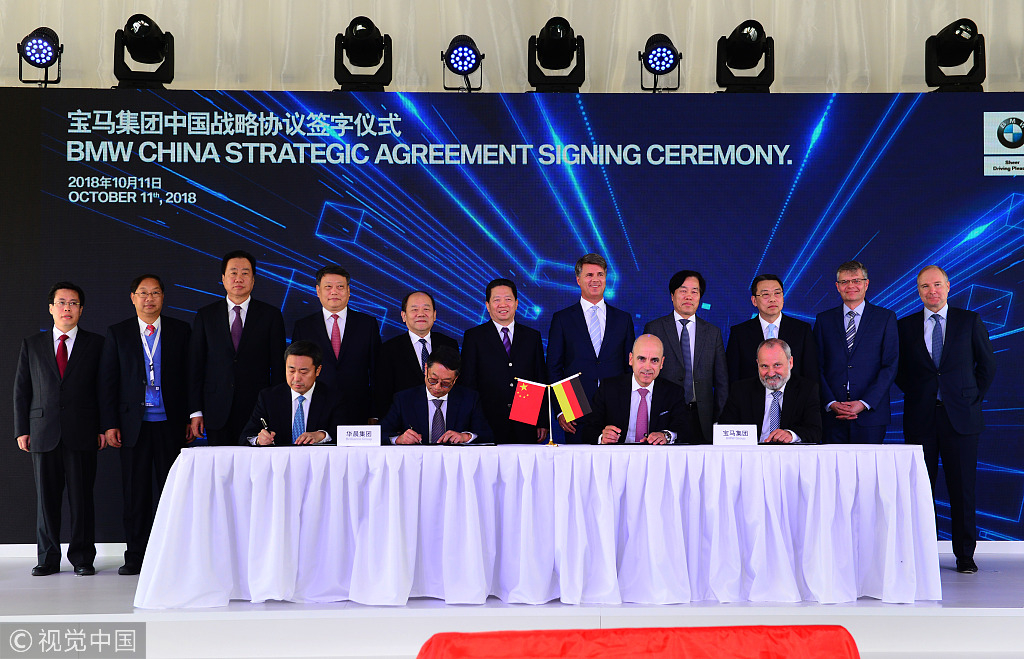
Opinion
07:47, 28-Feb-2019
A tale of two BMW towns
Updated
20:12, 03-Mar-2019
John Gong
03:57

Editor's note: Dr. John Gong is a research fellow at Charhar Institute and a professor at the University of International Business and Economics. The article reflects the author's opinion, and not necessarily the views of CGTN.
I love beautiful cars, as most men do. BMW's marque interpreted in Mandarin Chinese as blue sky, white clouds, must be every man's dream. “Sheer driving pleasure,” BMW's once ad slogan, says it all.
Believe it or not, even BMW as a German company is not immune to the mayhem caused by the Trump administration's trade war. I believe BMW is probably the second largest trade war victim in the U.S. next to the poor soybean farmers in the Midwest.
Spartanburg in upstate South Carolina is home to BMW's North America operations. After seven billion U.S. dollars poured into this plant since 1994, it became the largest BMW outfit outside of Germany until surpassed by BMW's China operations recently.
The Spartanburg factory not only supplies BMW vehicles to the North America market, but it also exports a lot, mainly to Asian countries such as China in particular. BMW X4, X5 and X6 sold here in China are built in Spartanburg.
In fact, the Export-to-China business was so good that the South Carolina Ports Authority in Charleston built an inland port in Greer, South Carolina, with a rail extension straight into BMW's Spartanburg campus.

BMW X6. /VCG Photo
BMW X6. /VCG Photo
The container handling business in Charleston, partly fueled by BMW's exports, had a good run in the last few years. A new Jasper Ocean Terminal project (JOT) was already proposed to increase the capacity to handle the forecasted cargo throughput over the next 35 years.
But this was then. Now with the Sino-U.S. trade war, Spartanburg-built BMW vehicles are finding their prices in China jacked up by 100,000 RMB (14,901 U.S. dollars). Exports sales stalled. With the bruising in Spartanburg, the JOT project is in a shambles.
But, the other overseas BMW town – in China's northeast city Shenyang – is an entirely different story. It is thriving. Shenyang-built BMW 1, 3, and 5 series, and the X3, X5 series are selling like hotcakes.
Total sales last year reached about 640K units, representing a 7.7-percent increase and the largest market outside of Germany.
BMW has now increased its share in the Shenyang joint venture to 75 percent, being the first foreign company in China to shatter the 50 percent joint venture limit of the auto industry.

BMW China Strategic Agreement Signing Ceremony held in Shenyang, northeast China's Liaoning Province, October 11, 2018. /VCG Photo
BMW China Strategic Agreement Signing Ceremony held in Shenyang, northeast China's Liaoning Province, October 11, 2018. /VCG Photo
When I visited the Sino-German Intelligent Equipment Manufacturing Park in Shenyang two months ago, the park manager talked to me about BMW, which is a major occupying tenant of the park, together with BMW's many part and component vendors, most of whom are foreign companies including American companies such as Johnson Controls.
“We are thankful to BMW and other foreign investors here, and we aspire to provide the best services we can to make them happy,” he told me. When I asked him if his administration treats foreign tenants the same way as domestic companies, he assured me with a resounding yes answer.
He said even for government-provided tax rebates, and other subsidies, BMW and its vendors are entitled to as much as anyone else in the park on a revenue percentage basis.
It is clear BMW-Shenyang is thriving in China, while BMW-Spartanburg is weeping. Who's to blame, my friends?
Creative planning: Li Yunlong
Videographers: Zhang Wanbao
Video editors: Qi Jianqiang, Ma Zhiyuan
Producer: Wei Wei
Supervisor: Zhang Shilei
(If you want to contribute and have specific expertise, please contact us at opinions@cgtn.com.)

SITEMAP
Copyright © 2018 CGTN. Beijing ICP prepared NO.16065310-3
Copyright © 2018 CGTN. Beijing ICP prepared NO.16065310-3